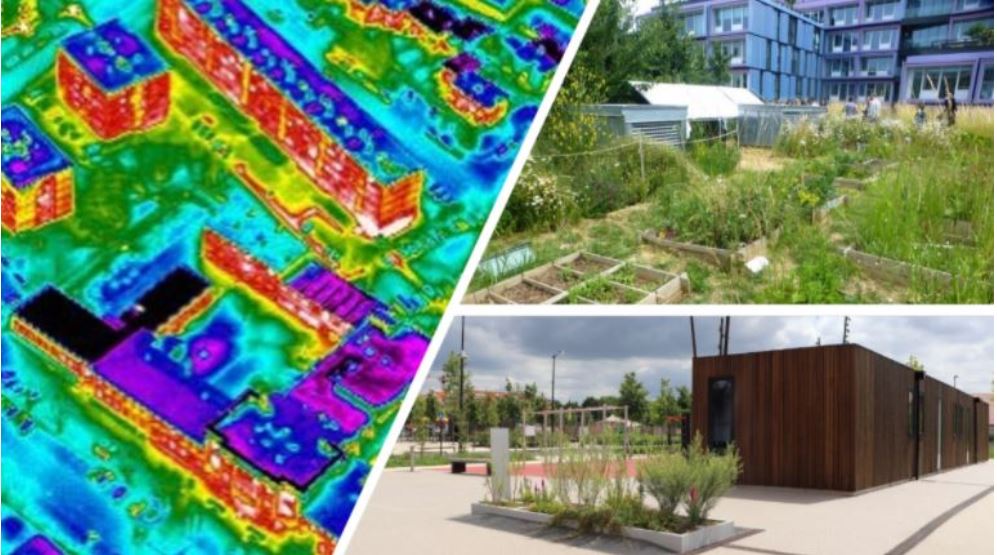Climate change and extreme heat waves, combined with population growth, urban densification, and the artificialization of land, are all factors in the multiplication of “urban heat islands” – an expression that appeared in the middle of the 20th century.
These “overheating” or artificial microclimates designate rapid and localized temperature increases (often ground temperatures during the day, air temperatures at night) in urban areas. These are little-known physical phenomena, even if their determinants are becoming clearer: land use, materials and their heat absorption properties, human activities, etc.
If planners, local authorities and other city stakeholders are interested in them, it is because their impacts on the inhabitants are increasingly visible: impact on health, reduced practicability and attractiveness of public spaces, increased energy consumption to cool air that has become too hot, reduced air and water quality and risks to networks, etc.
Mitigation and adaptation strategies are then developed. They are frequently based on :
- The reduction of mineralized surfaces, and the multiplication of green spaces, and the presence of water,
- The design of urban morphologies favourable to natural ventilation and cooling,
- Prevention by monitoring and measuring risk areas,
- Adaptation of human activities to temperature monitoring, etc
To make these strategies a success, city stakeholders can rely on our startups, which have devised innovative and rapidly deployable solutions to make our cities more liveable and sustainable. We invite you to discover three illustrations: Meersens, Vertuo and Urban Canopée.
Find the video pitches here by clicking on their photos.
The videos are in french but our startups speak english and would be more than happy to exchange with you. Don’t hesitate to reach out!




Recent Comments